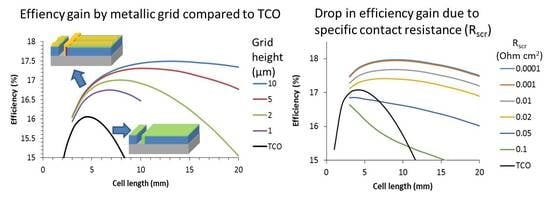Multi-Material Front Contact for 19% Thin Film Solar Cells
Abstract
Share and Cite
Van Deelen, J.; Tezsevin, Y.; Barink, M. Multi-Material Front Contact for 19% Thin Film Solar Cells. Materials 2016, 9, 96. https://doi.org/10.3390/ma9020096
Van Deelen J, Tezsevin Y, Barink M. Multi-Material Front Contact for 19% Thin Film Solar Cells. Materials. 2016; 9(2):96. https://doi.org/10.3390/ma9020096
Chicago/Turabian StyleVan Deelen, Joop, Yasemin Tezsevin, and Marco Barink. 2016. "Multi-Material Front Contact for 19% Thin Film Solar Cells" Materials 9, no. 2: 96. https://doi.org/10.3390/ma9020096
APA StyleVan Deelen, J., Tezsevin, Y., & Barink, M. (2016). Multi-Material Front Contact for 19% Thin Film Solar Cells. Materials, 9(2), 96. https://doi.org/10.3390/ma9020096






